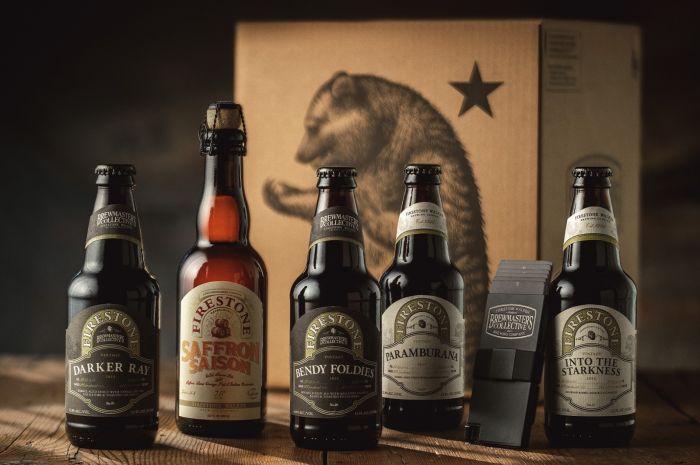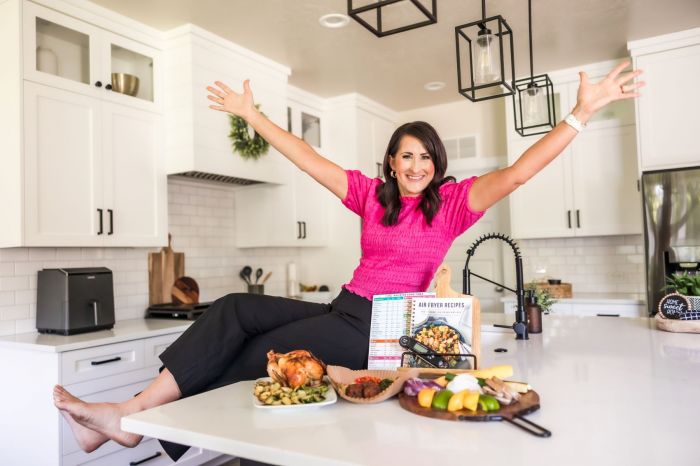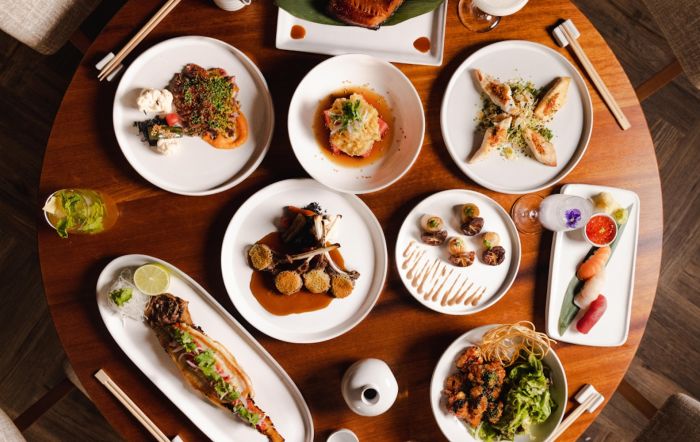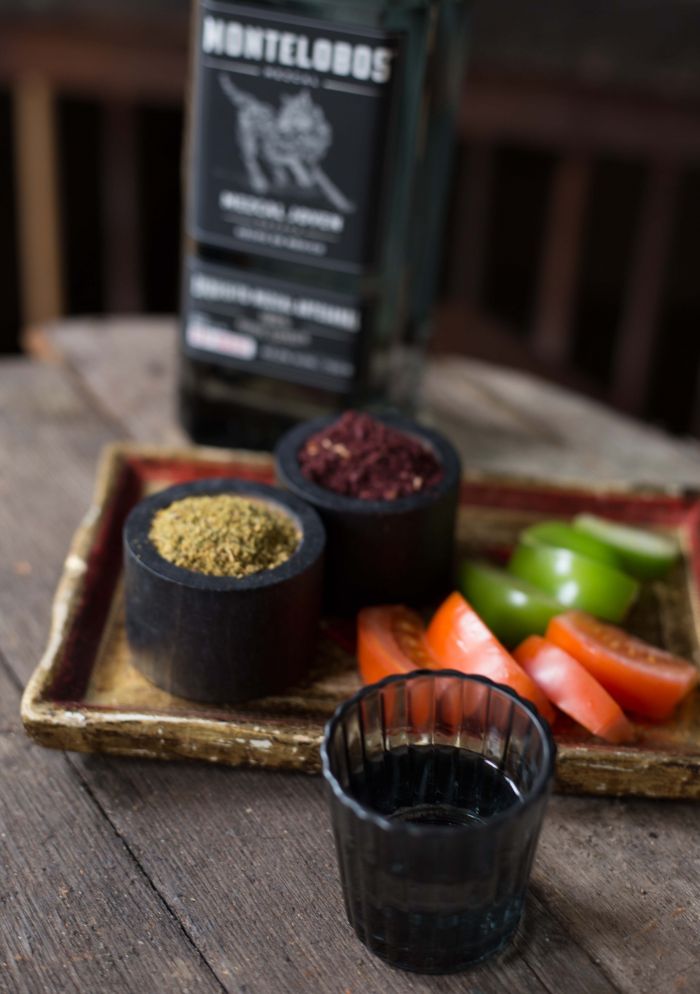
There are two ways you can arrange a pairing: the first is by combining flavors that are similar to accentuate the obvious flavors found in the spirit. The second, is by choosing contrasting flavors to bring out "hidden" flavors or elements that are acquired throughout the production process of the spirit.
Chocolate goes particularly well with mezcal because both of these are cultural and flavor elements with origins that can be traced back to Mexico. Additionally, chocolate and mezcal must both be fermented to develop their flavor. Thanks to our ancestors and their countless accounts of trial and error, we have the delicacies that we are able to enjoy today.
There are two ways you can arrange a pairing: the first is by combining flavors that are similar to accentuate the obvious flavors found in the spirit. The second, is by choosing contrasting flavors to bring out "hidden" flavors or elements that are acquired throughout the production process of the spirit.
Chocolate goes particularly well with mezcal because both of these are cultural and flavor elements with origins that can be traced back to Mexico. Additionally, chocolate and mezcal must both be fermented to develop their flavor. Thanks to our ancestors and their countless accounts of trial and error, we have the delicacies that we are able to enjoy today.
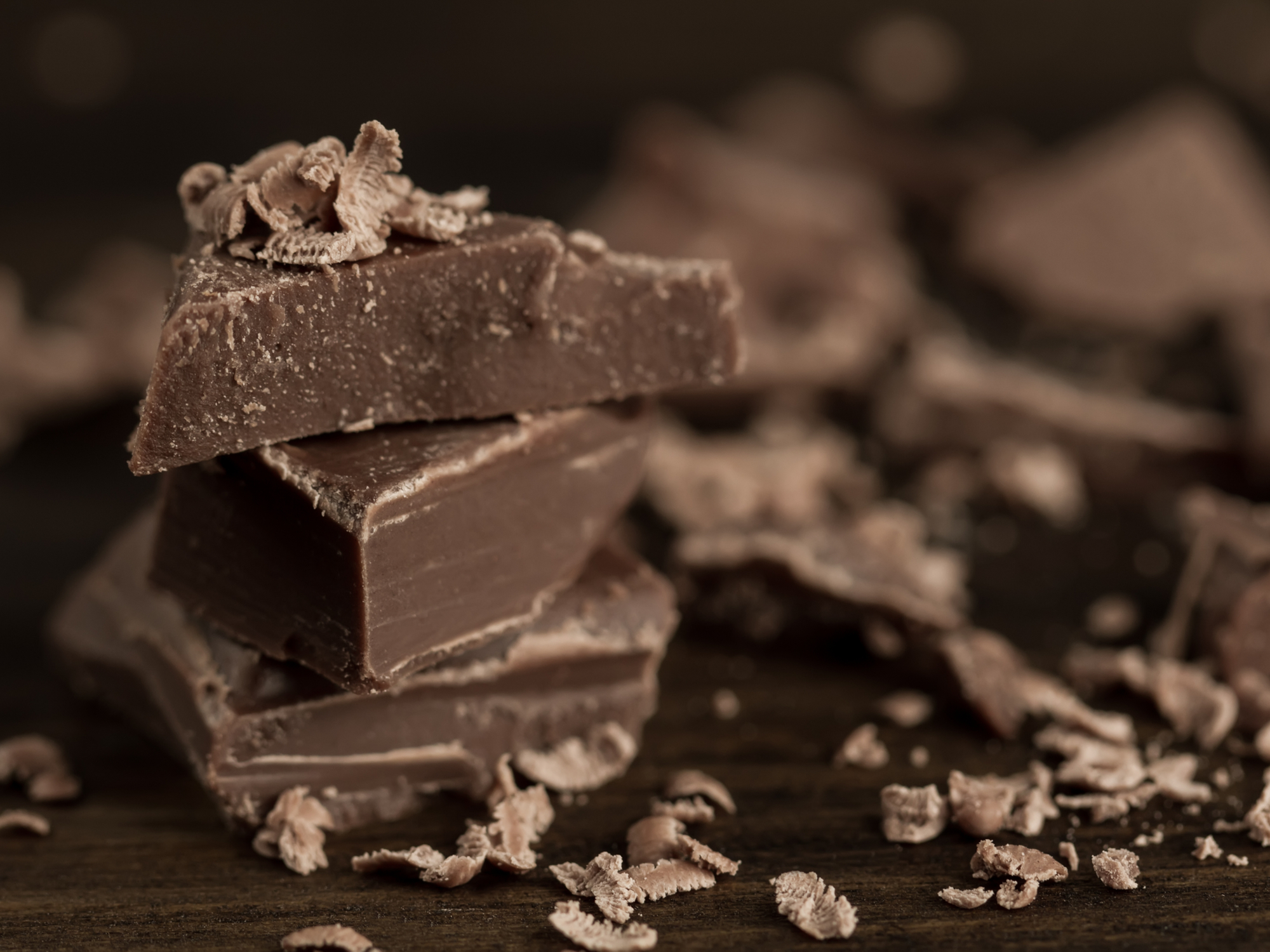
If you've ever had a sip of mezcal followed immediately with a bite of dark chocolate, you’ve probably notices a burst of flavors and aromas and then felt yourself start to salivate and crave the next sip and bite. Both can have that magical power over a person. The particular notes present in chocolate complement the complex smoky, firewood and fruity notes found in mezcal.
On one hand you have the natural sweetness that comes from the agave plant. Agaves are evolutionary plants that have taught themselves how to protect their sugars and the only way we can transform them into mezcal is by cutting out the plant from the earth and cooking down its "piñas." Those caramels, formed from cooking down the sugars in an underground oven, are going to give us our base for the rest of the production and often times that sweetness will carry through to the final product.
On the other hand, you have fruitiness that comes to life through the wild fermentation process, when the natural bacteria work their magic and convert that mosto (the basic liquid of the yeast, water and juices from the cooked agave deriving from the fermentation process) into a "tepache." Here we can get ripe fruit flavors like mango, banana, of course pineapple, and dark berries.
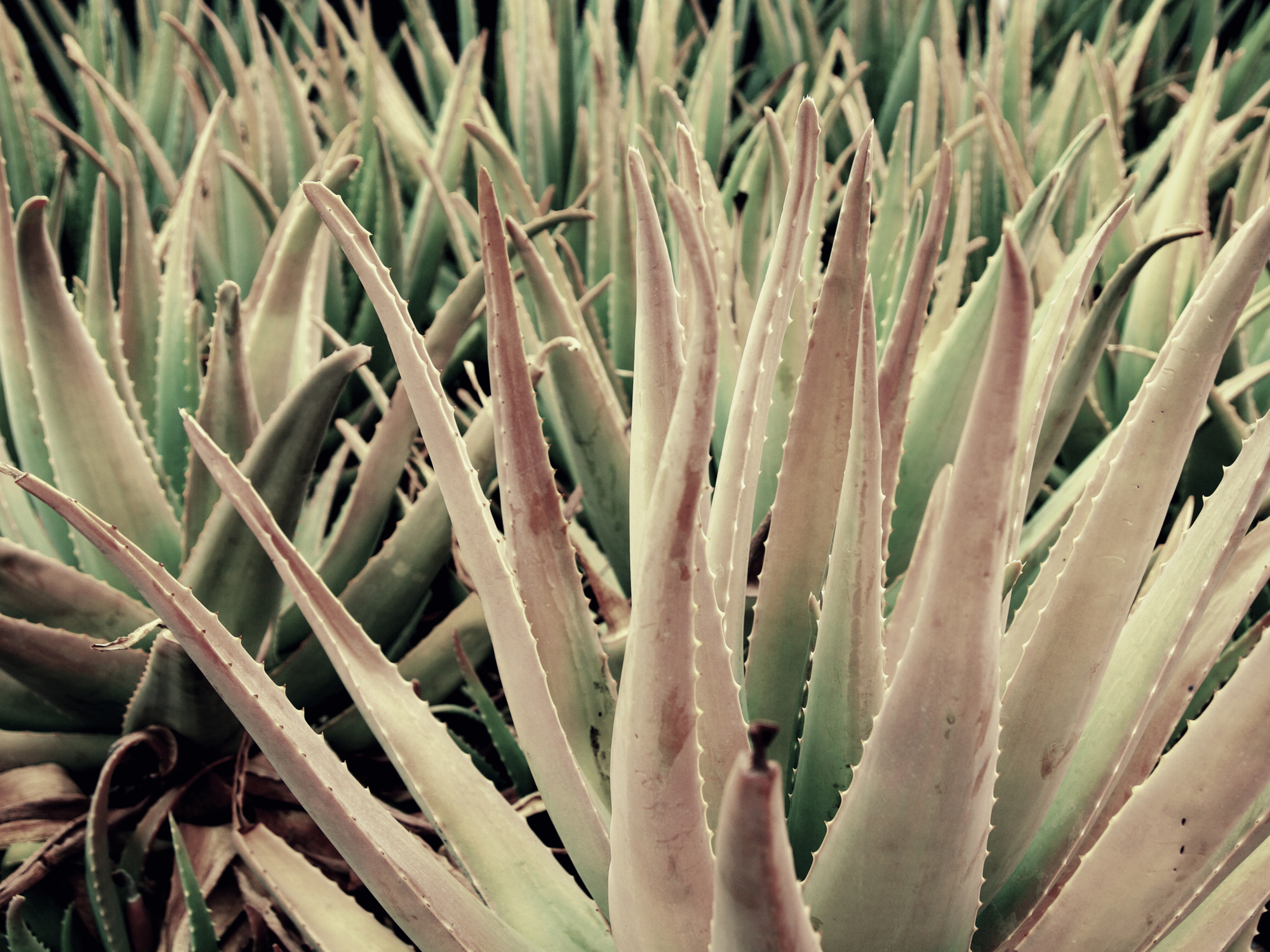
Then, there are contrary but very complimenting flavors such as the herbaceous profile. Agaves have a natural wax in the pencas or leaves where they store not only humidity but flavors such as menthol. The espadin, which we use in Montelobos, is a very sweet, succulent and herbaceous agave varietal.
A mezcal can also pull herbal notes from certain natural materials or types of wood used during the production.
After you select your mezcals, it’s time to choose your chocolate. There are so many craft chocolate on the market that you can purchase at your local store. Brands like the Mast Brothers offer flavors in smoke, sea salt, coffee and vanilla that pair perfectly with mezcal. Each flavor with evoke different complexities in your mezcal. Other flavors with citrus or ripe fruits like orange peel, mango, and berries are also a great choice.
I recommend using chocolates with 70% cacao or higher for the best pairing, but there are no rules! And what better date night activity than sipping mezcal and sampling chocolate?











